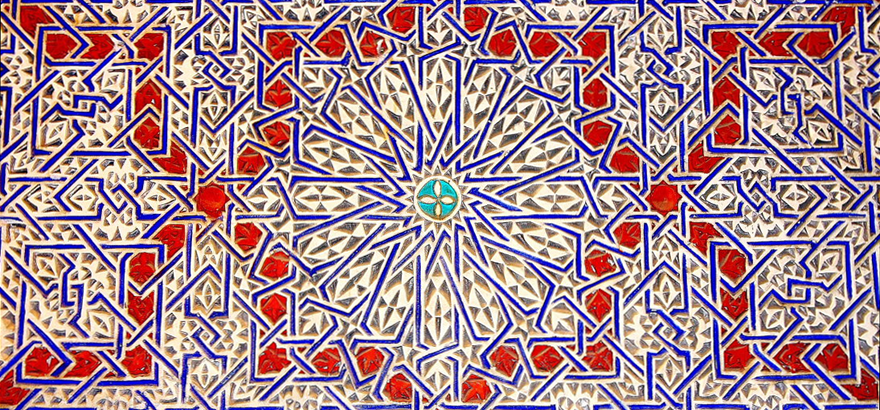Islamic Art

Professor: Marco Di Branco Language: English/Arabic Hours: 60 hr (+20 hr of tutoring)
This course aims to define the ways Islamic art was formed and to identify the subjects, forms, and attitudes developing over a vast area after 634:in that year the Islamic conquest began to extend beyond Arabia itself. Another aim is to focus on the more complex question about absolute and relative times in the creation of a new artistic tradition, or when we are entitled to use the term Islamic for the monuments of the area taken over by the new faith. The course will provide a sort of archaeological view of the lands conquered by Islam, in order to clarify when a work of art or a material object can properly be considered Islamic. Knowledge about the local art cannot be limited to Muslim monuments alone or to the nature of Muslim influence. It must also include some insights about the reality before and at the time of the Islam conquest. There was a ‘landscape’ of things and monuments against which, or according to which, Muslim creations were made and the degree of uniqueness and originality of the Muslim element depended on the nature, strength, and vitality of local artistic traditions. Another very important purpose of the course is to outline the various Islamic artistic techniques, to explain the history of various typologies of Islamic monuments, and to analyse in situ the Medina of Fes both in its urban and archaeological aspects.
